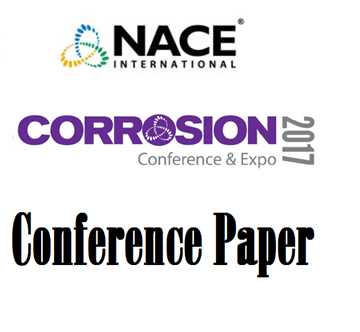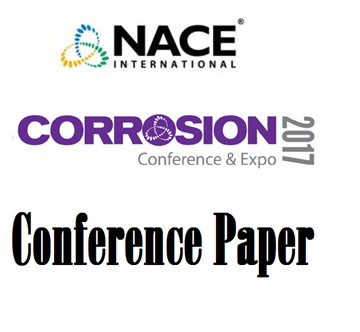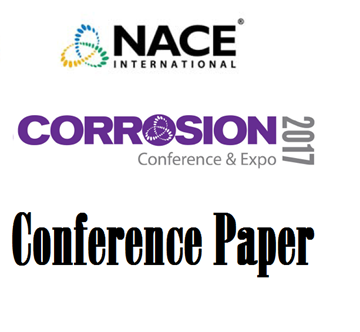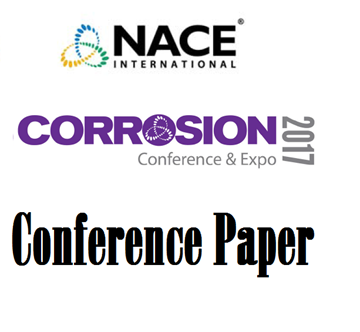Search
Products tagged with 'localized corrosion'
View as
Sort by
Display
per page
Localized Corrosion Limit of Use of S13%Cr (UNS S41427) Connector in Converted Injection Treated Seawater Well
Product Number:
51324-20714-SG
Publication Date:
2024
$40.00
Localized Corrosion Management For Thermally Insulated Systems Via Insulation Stand-Offs And Low Point Drains
Product Number:
51322-17585-SG
Publication Date:
2022
$20.00
Localized Corrosion Managing Clamp in a Crevice Between Clamp and CRAs Pipe/Tube Line
Product Number:
51317--9281-SG
ISBN:
9281 2017 CP
Publication Date:
2017
$20.00
Localized Corrosion Studied Via Interferometry Using Modified Surfaces
Product Number:
51322-17747-SG
Publication Date:
2022
$20.00
Materials Compatibility Issues in Biofuels – A Review
Product Number:
51317-10039-SG
ISBN:
0039 2017 CP
Publication Date:
2017
$20.00
Monitoring Dynamic Corrosion and Coating Failure Events on Buried Steel Using Electrode Arrays
Product Number:
51317--9238-SG
ISBN:
9238 2017 CP
Publication Date:
2017
$20.00
Monitoring Localized and General Corrosion using Advanced Electrochemical Sensors
Product Number:
51320-14544-SG
Publication Date:
2020
$20.00
Novel Integrated Tool for Internal Corrosion Direct Assessment: A Case Study
Product Number:
51323-19251-SG
Publication Date:
2023
$20.00
On the weldability and corrosion resistance of alloy UNS N08827 – a further improvement of alloy UNS N08825
Product Number:
51323-18847-SG
Publication Date:
2023
$20.00
Pitting Corrosion Of A Ni-Cr-Fe Alloy In Chloride And Thiosulfate Solutions: One-Dimensional Artificial Pit Electrode Studies
Product Number:
51321-16523-SG
Publication Date:
2021
$20.00
Role of H2S In Localized Corrosion and Cracking of CRAs in Upstream Oil and Gas Applications
Product Number:
51317--9463-SG
ISBN:
9463 2017 CP
Publication Date:
2017
$20.00
Stray Current Induced Localized Corrosion of Stainless Steel Plates in A Tainter Gate System
Product Number:
51321-16238-SG
Publication Date:
2021
$20.00












